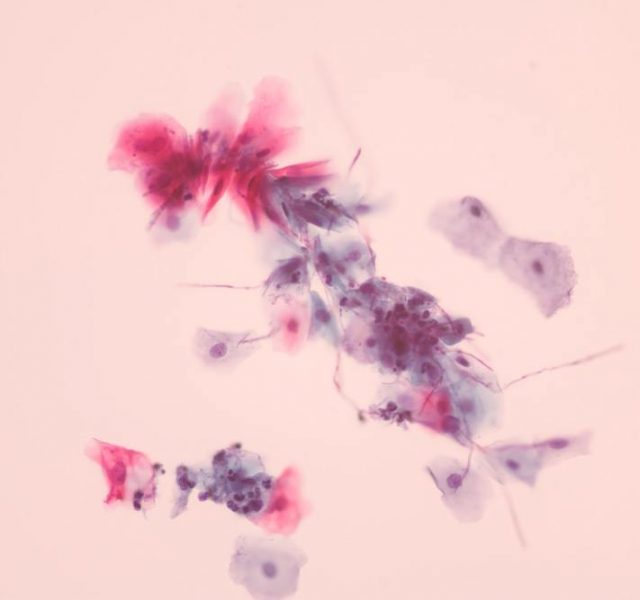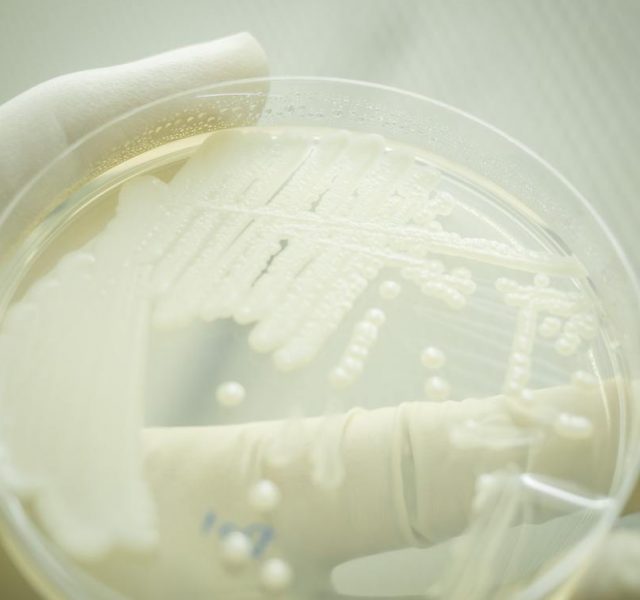Abnormal Vaginal Discharge
Contents
The discharge carries away bacteria and dead cells to keep the vagina clean and prevent it from infections. The amount, hue and odor of the discharge can vary depending on the woman’s menstrual cycle.
The smell may also be different during pregnancy or if one hasn’t been diligent enough about personal hygiene. However, certain types of discharge can indicate the presence of a vaginal infection that requires treatment.
If the color, odor or consistency looks significantly unusual and if the discharge is accompanied by itching or burning, you should consult your doctor.
What causes white vaginal discharge
There are plenty of various factors contributing to vaginal discharge. More often white discharge is healthy. Creamy white vaginal discharge is perfectly normal.
A lot of women experience this kind of discharge during ovulation. For example, if its consistency is thick and stretchy, it’s more likely an indicator that you’re ovulating. Sometimes, however, creamy vaginal discharge can be one of the early signs of pregnancy. In some cases, this may be the first sign women notice, and it’s called leucorrhea.
It’s a thin, milky white vaginal discharge that women often experience throughout pregnancy. This type is either odorless or has mild odor. One might notice it at the beginning of the second pregnancy trimester, and it can possibly increase. It prevents the birth canal from being infected and maintains a bacterial balance in the vagina. Thick white vaginal discharge is normal and healthy in most cases — provided it’s odorless and smooth. However, if your white discharge is clumpy, if it resembles cottage cheese and carries a foul odor, this may be a symptom of an infection.
Causes of abnormal vaginal discharge
Abnormal vaginal discharge is usually an indicator of infection. It’s caused by something that disrupts the shaky balance of yeast or bacteria in the vagina. Any change in the natural balance can affect the color, smell, or discharge texture. Yeast infections and bacterial vaginosis are the most common causes of abnormal vaginal discharge. Other possible causes to be mentioned are sexually transmitted diseases (STDs).
Sexually transmitted diseases are passed through unprotected sexual or genital contact. The infections that lead to vaginal discharge are as follows: trichomoniasis — a sexually transmitted disease caused by a small parasite, chlamydia or gonorrhoea — STDs caused by bacteria, and genital herpes — a sexually transmitted disease caused by the herpes simplex virus. There are other less common possible causes of vaginal discharge. Each type of infection is caused by a different kind of germ so each type is treated differently.
Vaginal Yeast Infection
Vaginal yeast infection is excessive growth of yeast inside the vagina. It’s a fungal infection that causes irritation, swelling and itching of the vagina in addition to cheesy white vaginal discharge. Yeast infection is treated with antifungal medicine.
Bacterial Vaginosis
Bacterial vaginosis (BV) is a common bacterial infection that isn’t sexually transmitted. This type of infection is caused by the imbalance in the amount of bacteria in the vagina. Bacterial vaginosis causes increased discharge with a strong, foul, and fishy odor. The vaginal discharge may become thin and watery and have white or grey colour. Usually the disease isn’t accompanied by itching or irritation and in some cases it produces no symptoms. It is commonly treated with antibiotics.
There are other different causes of abnormal vaginal discharge. These are the factors that can upset the vagina’s balance: antibiotic or steroid use; birth control pills, douches; scented lotions or soaps; cervical cancer; pelvic infection after surgery; diabetes; pelvic inflammatory disease; vaginitis, irritation inside or around the vagina; vaginal atrophy, the thinning of the vaginal walls observed during menopause.
Types & colors of abnormal discharge
Type of Discharge |
What does it mean |
Other symptoms |
| Brown discharge, brownish | Irregular menstrual cycles, endometrial or cervical cancer | Abnormal vaginal bleeding, pelvic pain |
| White, thick white, creamy, clumpy | Yeast infection | Swelling and itching of the vagina, painful sexual intercourse |
| Yellow | Sexually transmitted diseases (trichomoniasis, chlamydia or gonorrhoea) | Itching, inflammation, pain while urinating; bleeding between periods, pelvic pain, urinary incontinence |
| Green | Sexually transmitted diseases (trichomoniasis, chlamydia or gonorrhoea) | Itching, inflammation, pain while urinating; bleeding between periods, pelvic pain, urinary incontinence |
| Smelly | Bacterial vaginosis, trichomoniasis | Burning, swelling and redness; pain while urinating |
| Pink | Cervical or endometrial cancer, vaginal infections, cervical erosion | Fever, pain, itching, swelling |
| Orange | Vaginal infections | Burning, itching of the vagina, cramps |
How is abnormal discharge treated
If you experience any of the symptoms typical of a vaginal infection, it’s important to visit your doctor right away. Each type of vaginal infection has its symptoms. However, only health care professionals can determine if you have a vaginal infection or a sexually transmitted disease and you should absolutely not try to cure it yourself. You should be absolutely honest with your doctor about the symptoms you have even if it may be embarrassing. You will be asked a few questions about the color, odor and consistency of your vaginal discharge, other symptoms, your sexual activity and your menstrual cycle. You will also get a physical examination, including but not limited to a pelvic exam. In many cases, a vaginal infection can be diagnosed by the physical exam.
If it’s not possible to detect the problem immediately, your doctor may order some tests. For example, a scraping from your cervix may be taken to check for cervical cancer or HPV. Your discharge may be studied under a microscope to identify an infectious agent. As soon as the cause of the abnormal discharge becomes clear, you will be offered treatment options.
The treatment will depend on the actual cause of the problem. For instance, yeast infections are often treated with antifungal drugs inserted straight into the vagina in the form of cream or gel. Bacterial vaginosis is usually treated with antibiotic pills. Sexually transmitted diseases (trichomoniasis, chlamydia or gonorrhoea) are treated with antibiotics.
Check some tips for preventing infections that can result in abnormal vaginal discharge:
- Keep the vaginal area clean, wash it regularly with warm water and gentle soap.
- Avoid scented soaps and tampons, bubble baths and feminine sprays.
- Never douche because douching can cause vaginal infections by upsetting the normal balance of bacteria in your vagina.
- Wear 100% cotton breathable underwear, avoid damp and overly tight clothing.
- Practice safe sex to avoid sexually transmitted infections.
To decrease the likelihood of catching yeast infections while taking antibiotics, consider eating yogurt with live and active cultures. A yeast infection can also be treated with an over-the-counter cream or suppository.
FAQ:
What should I do if I have abnormal vaginal discharge?
Vaginal discharge is perfectly normal but if your discharge looks unusual and you experience other symptoms such as itching and swelling of the vagina, fever, fatigue, pain in the abdomen, unexplained weight loss, or increased urination, you should consult your doctor. Should you have any concerns about the abnormality of your discharge, immediately make an appointment and visit your doctor. Only health care professionals can reveal a disease and offer the right treatment.
What does a lot of vaginal discharge mean?
In the majority of cases, excessive vaginal discharge is merely the body’s reaction to certain physiological changes. The amount of discharge varies during your menstrual cycle. It’s normal for vaginal discharge to increase with ovulation, breastfeeding, exercise, sexual arousal, the use birth control pills and emotional stress. A lot of discharge is often observed in early pregnancy. Although in most cases excessive discharge is normal, sometimes it can indicate serious problems such as a vaginal infection or a cervical or vaginal tumor.
Which type of vaginal discharge is normal?
In most cases vaginal discharge is a normal and regular condition. This is a fluid that helps moisten and clean your vagina. You are completely healthy if your discharge is clear or white, has no odor or has a slightly salty smell and increases in amount when you’re ovulating. You may experience an uncomfortable wetness, however you shouldn’t feel any itching or soreness in your vaginal area.











